7 best flowers to plant in the fall
Here’s what to plant in fall for stunning spring blooms
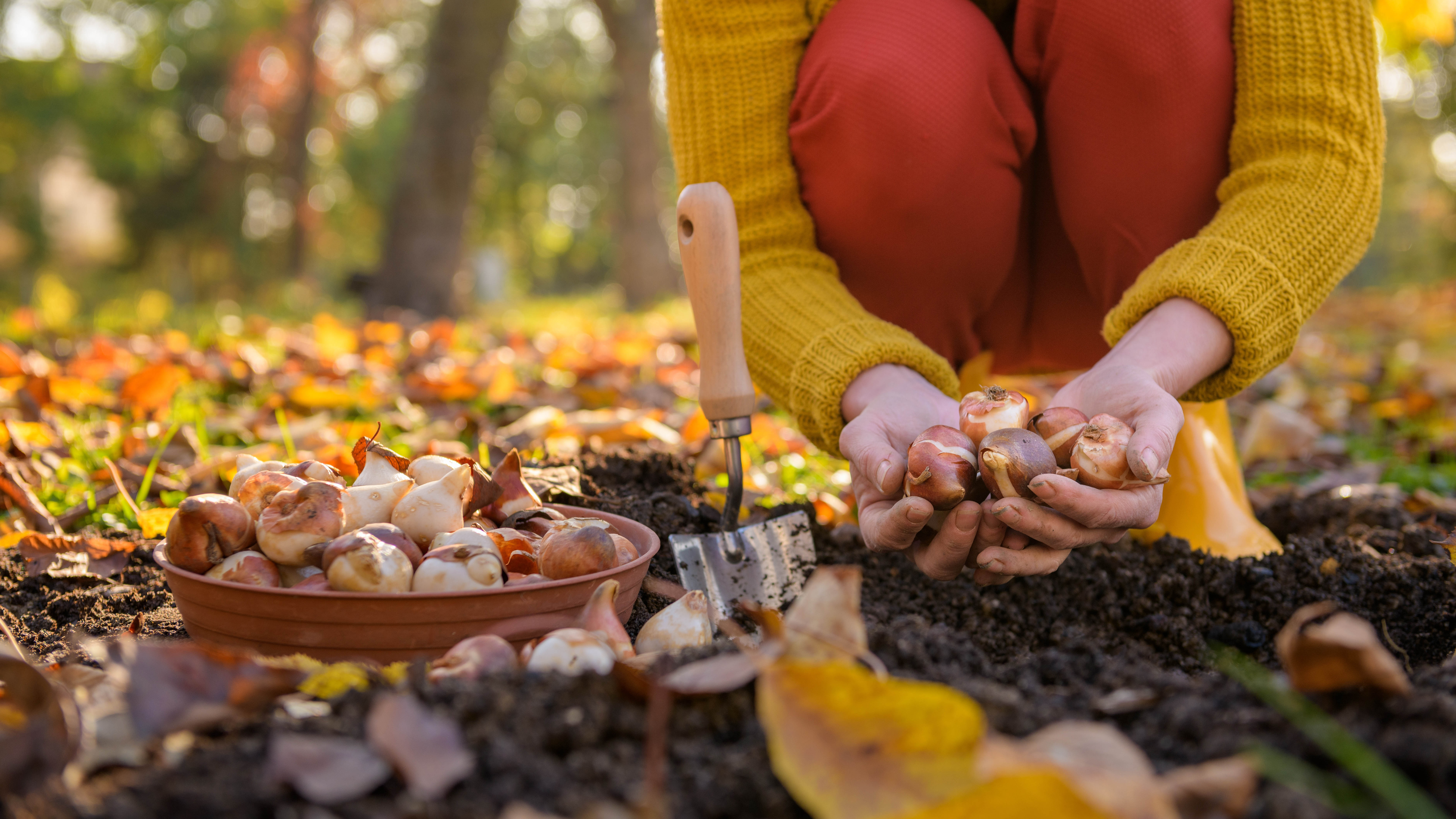
Now that the summer heatwave is over, it's time to prepare our yards for fall planting. In fact, there’s no better time than September and October for planting spring blooms.
According to gardeners, the cooler air of the autumn season is easier on plants and trees. In addition, the soil is still warm enough to allow roots to grow before the ground freezes over. And while you do get autumn showers, it's easier to water plants deeply without heavy rain. Typically, your fall flowers should have a good success rate as they are adapted to such growing conditions.
These can range from sowing fall seeds and spring-blooming bulbs to planting trees and shrubs. Of course, this will depend on your region or climate location, so it's best to check they're suited to your USDA Hardiness zone.
Also, don’t forget about fall lawn care, as cool-season turfgrass can be seeded this time of year. So, from bulbs and shrubs to pretty perennials, here are the 9 best flowers to plant in the fall for a colorful spring yard.
Looking for perennials? We've found 7 best plants that grow back every year. Plus, here’s when you should bring your plants inside for the winter. If you want your plants to look good over the winter, check out 7 best winterproof plants to survive the cold and here are 7 flowers to plant in October.
1. Echinacea Pallida
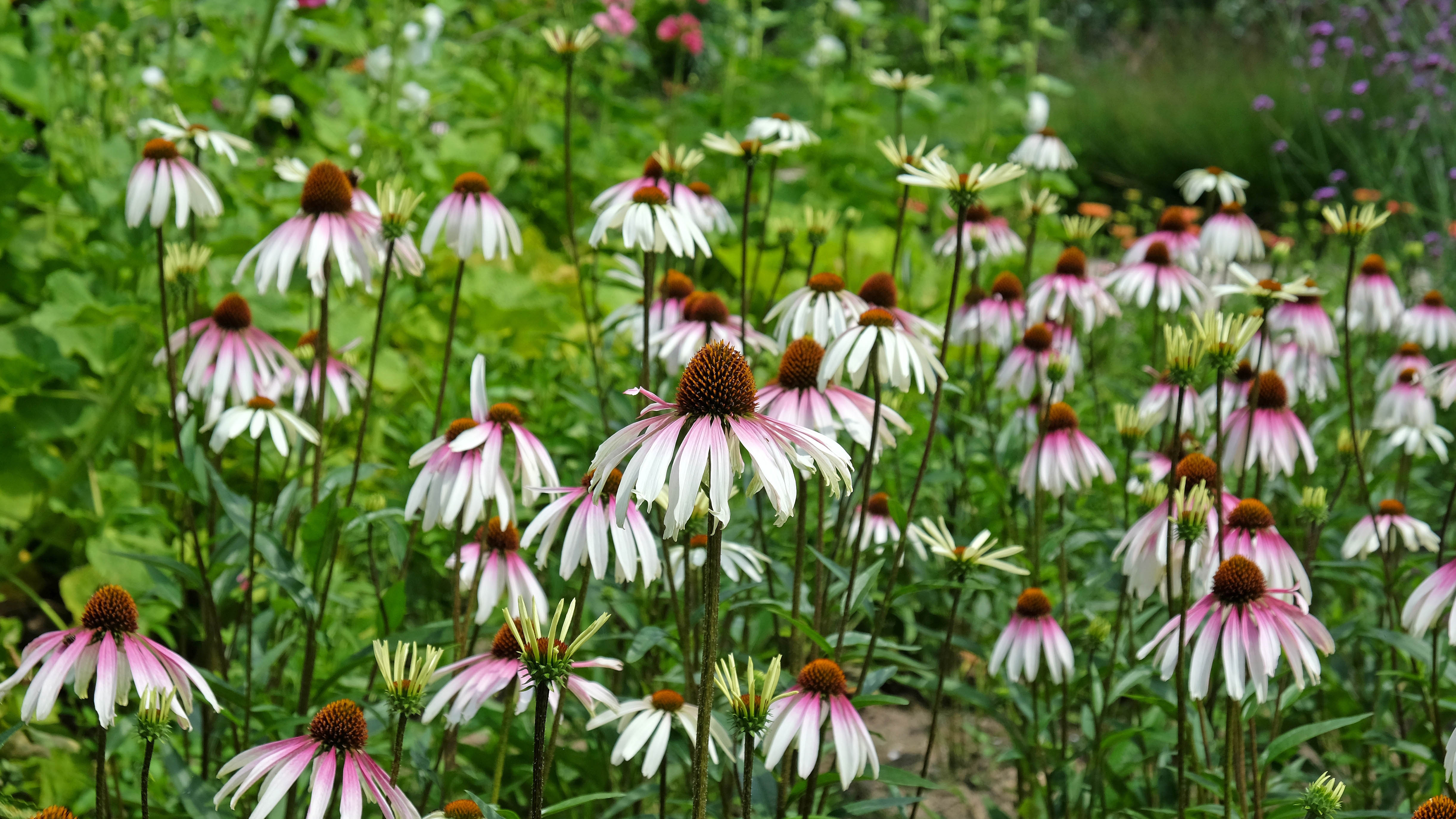
These pale purple coneflowers are best sowed in late winter, from mid September to October. When sowing, plant 1/2 inch deep and space between 18" – 24" apart to avoid being crowded.
Typically, echinacea will flower in 11 to 15 weeks, has a long bloom time and can grow up to 4ft tall. Although this plant can survive in any type of soil (even clay), it still needs to be well-drained soil, and not waterlogged.
Sign up to get the BEST of Tom's Guide direct to your inbox.
Get instant access to breaking news, the hottest reviews, great deals and helpful tips.
With their pretty flower heads, echinaceas are known for their narrow, pale pink ray petals, and shuttlecock shape. Their beautiful varieties will be a colorful feature to any spring yard.
Coneflowers are also one of the plant that feature in our article on 5 flowers you can plant in June.
2. Tulips
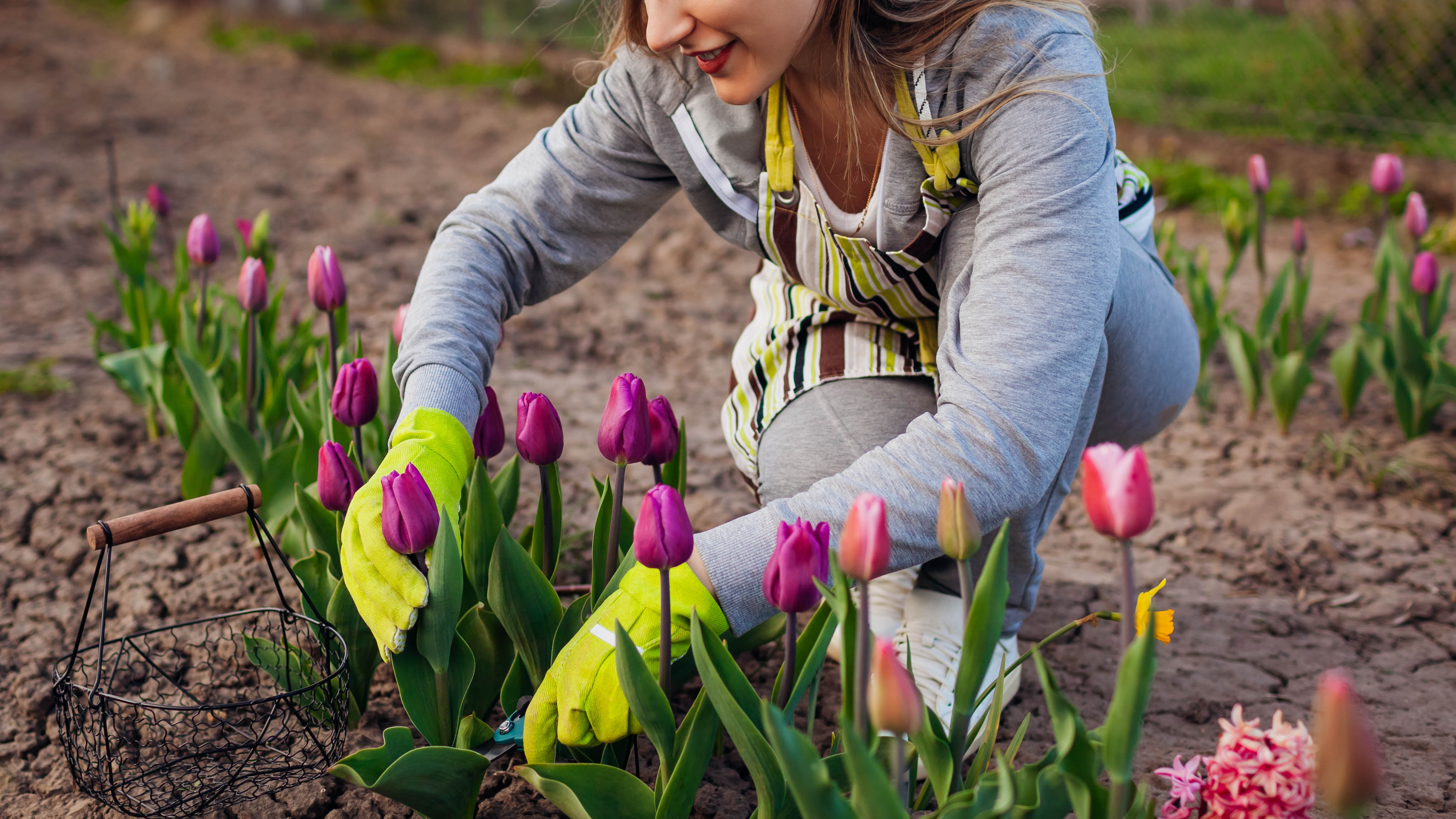
These popular spring blooms are known to bring much color to your yard. And since tulips need a cold period of weather to grow, this makes it the ideal flower to plant in the fall. The best time to plant tulip bulbs is mid-fall or when night-time temperatures are consistently around 40°F. Ideally, place the bulbs 6-inches apart in the bottom of the area, cover them with loose soil, then water well.
Generally, tulips do best in soil that is dry in summer and well-drained in winter. The good thing is that tulips are relatively low maintenance, however, you’ll need to water emerging bulbs if you have a lack of rainfall.
3. Daffodils
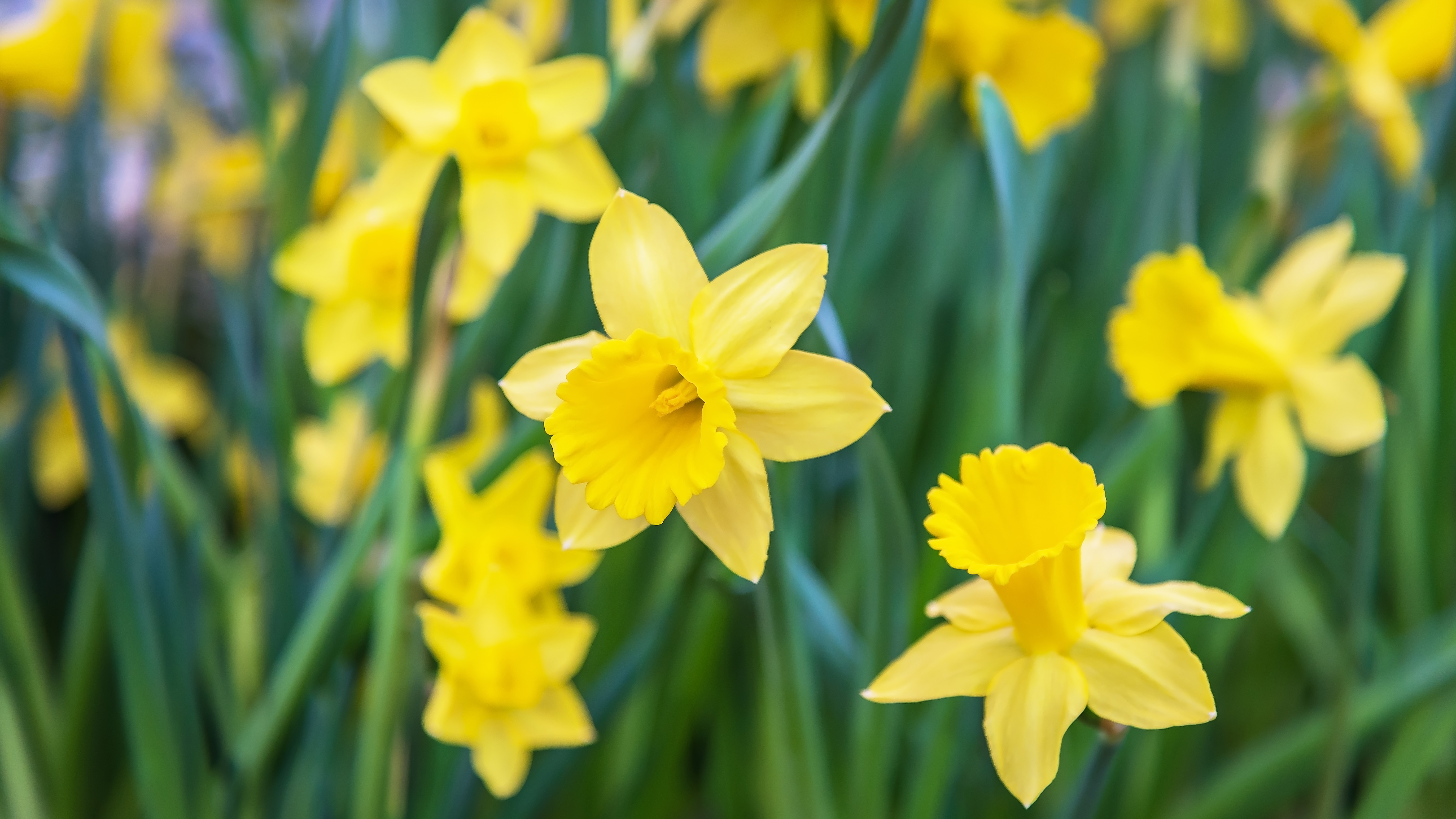
Another spring bloom are the bright and warm daffodils. Ideally, it’s best to plant daffodil bulbs in September to late November, depending on your location. While you can plant bulbs individually, most gardeners tend to plant trenches of between three and eight bulbs, and spaced between 3 to 6 inches apart.
Cover the bulbs with soil and water immediately after planting. Always keep the area moist during the first stages, until about three weeks after blooming time. Then you can stop watering once the flowers have been in bloom for three weeks. These spring-blooming bulbs will bloom year after year while multiplying, so you’ll have an instant, sunny yard.
4. Hyacinths
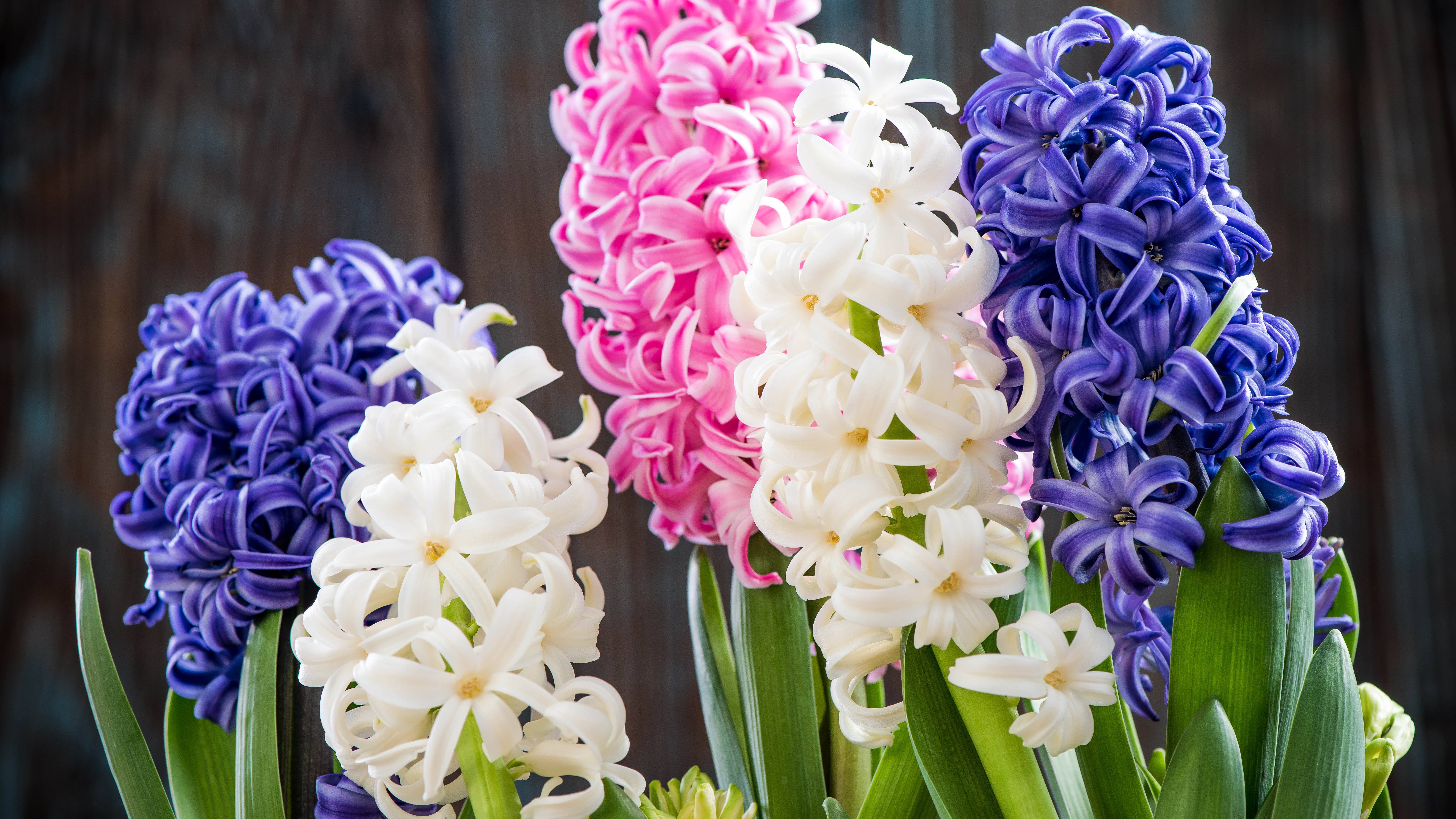
These colorful clusters of flowers are best planted from September to November, and after the soil has cooled.
Typically, large bulbs should be planted 4 to 6 inches deep, and spaced 4 to 6 inches apart. Also, position the bulb so the pointed part is closest to the soil surface — where the shoots will emerge. After planting, water the bulbs, cover with soil, and water. These stunning flowers can also look great in pots, in the ground, or even indoors.
When planting, remember to wear one of the best gardening gloves, as hyacinths are known to irritate skin.
5. Pansies
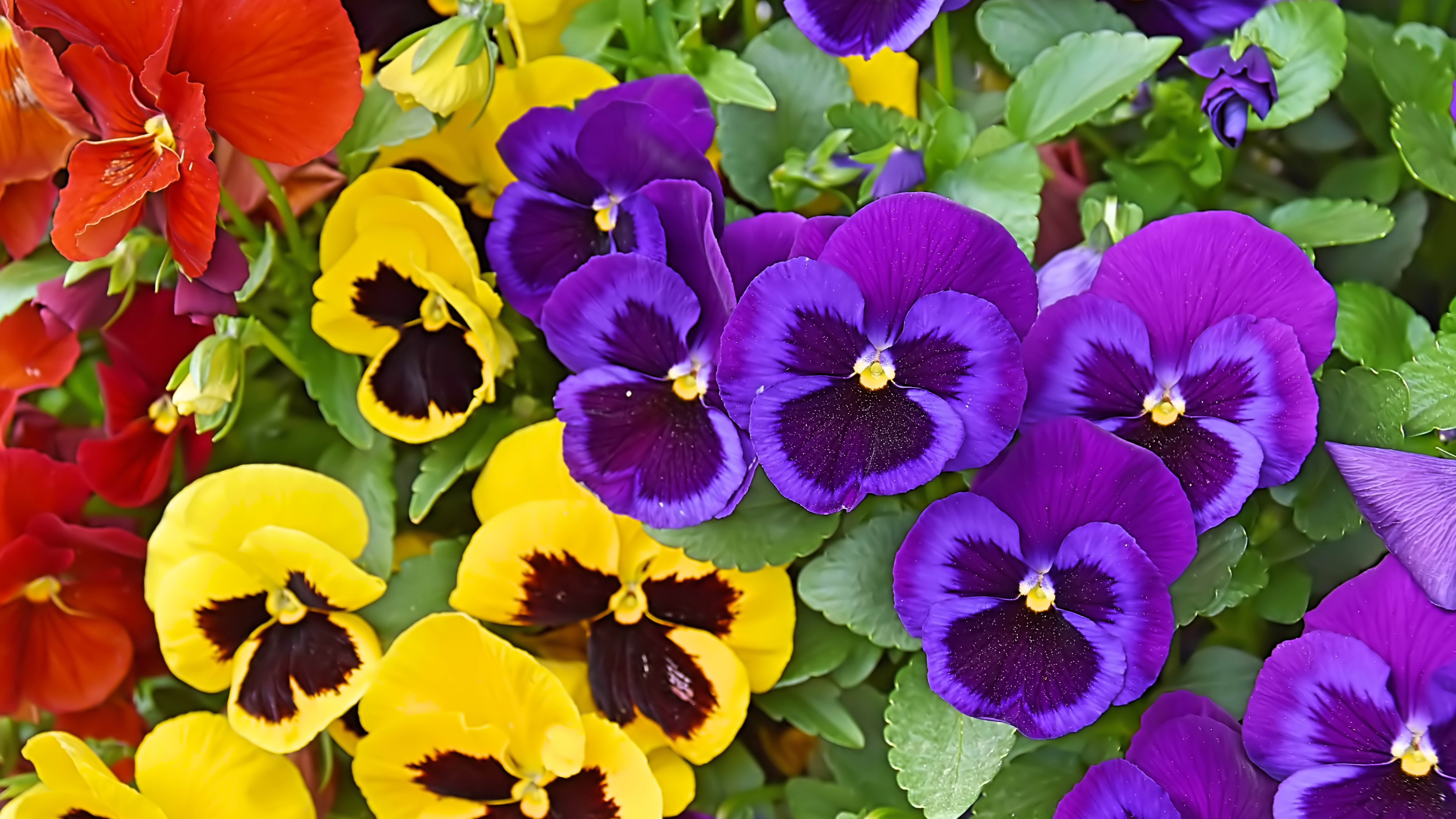
Pansies can give your yard some vibrant, seasonal color, and are best planted in September or October. These cool-weather favorites are known for their heart-shaped, overlapping petals with one of the widest ranges of bright colors and patterns.
Ideally, plant in moist, humus-rich, well-drained soil, and in cooler temperatures for pansies to thrive. They grow best when soil temperatures are between 45°F and 65°F, and are hardy to a little frost after planting. Space plants about 7 to 12 inches apart, as they will grow in abundance. Pansies will also require regular watering, feeding and deadheading for healthy growth.
With their splashes of color, these also work well in porch/patio containers, borders, and as ground cover plants.
6. Leadwort (Plumbago)
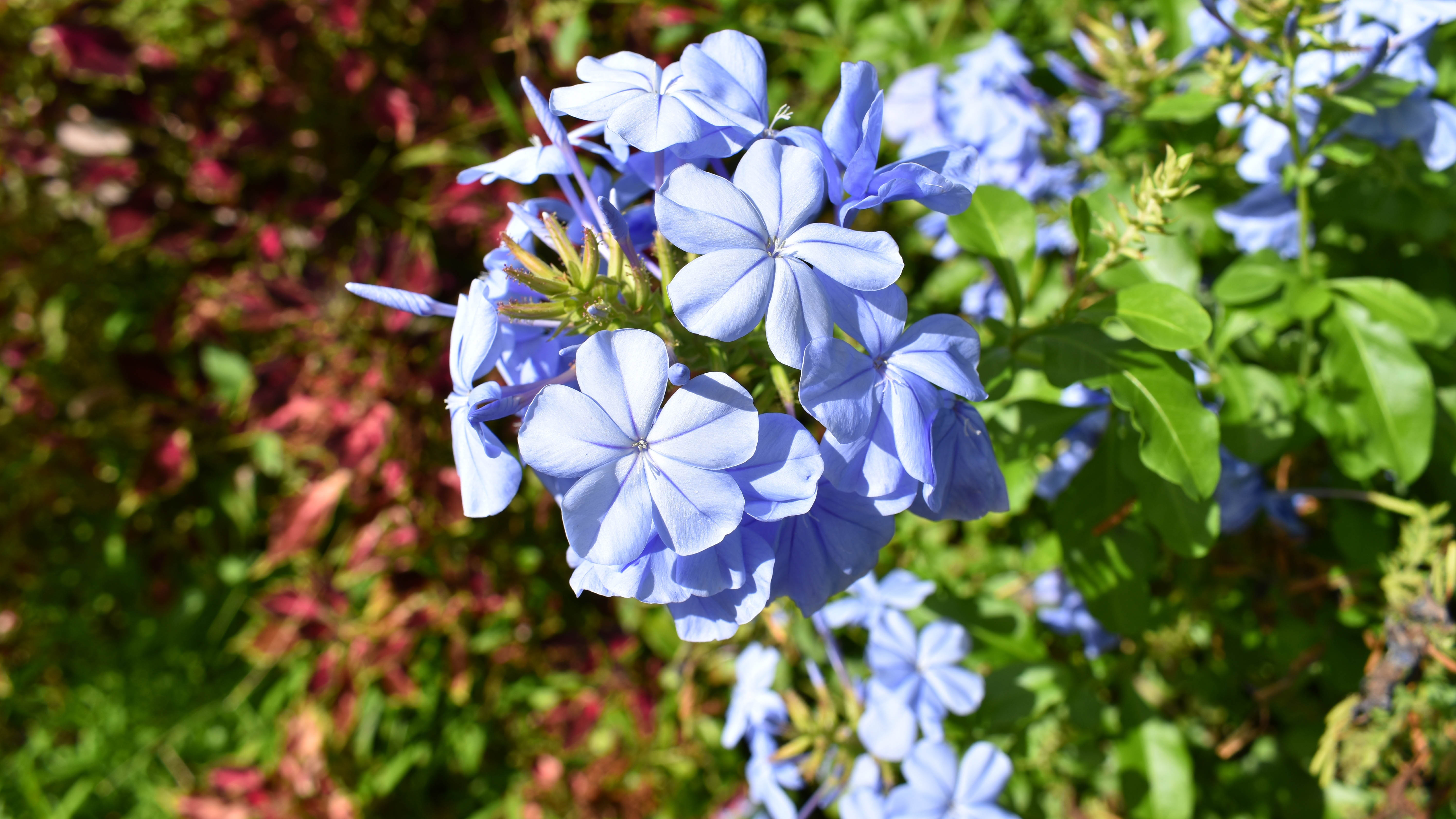
This hardy plant is a low-growing, drought-tolerant ground cover that has beautiful blue flowers. It thrives in colder temperatures, and in areas with temperatures below 15 degrees Fahrenheit, the stems freeze back and new stems emerge from the rhizomes in late spring.
While leadwort is tolerant to any type of soil condition, it prefers fertile, well-drained soil and can grow in full or partial shade. In addition, this fast-growing shrub grows up to 12 inches tall, with a 4 feet spread. Often considered to be low-maintenance plants, only water if the soil is getting too dry, and fertilize in the spring and summer.
7. Mexican bush sage
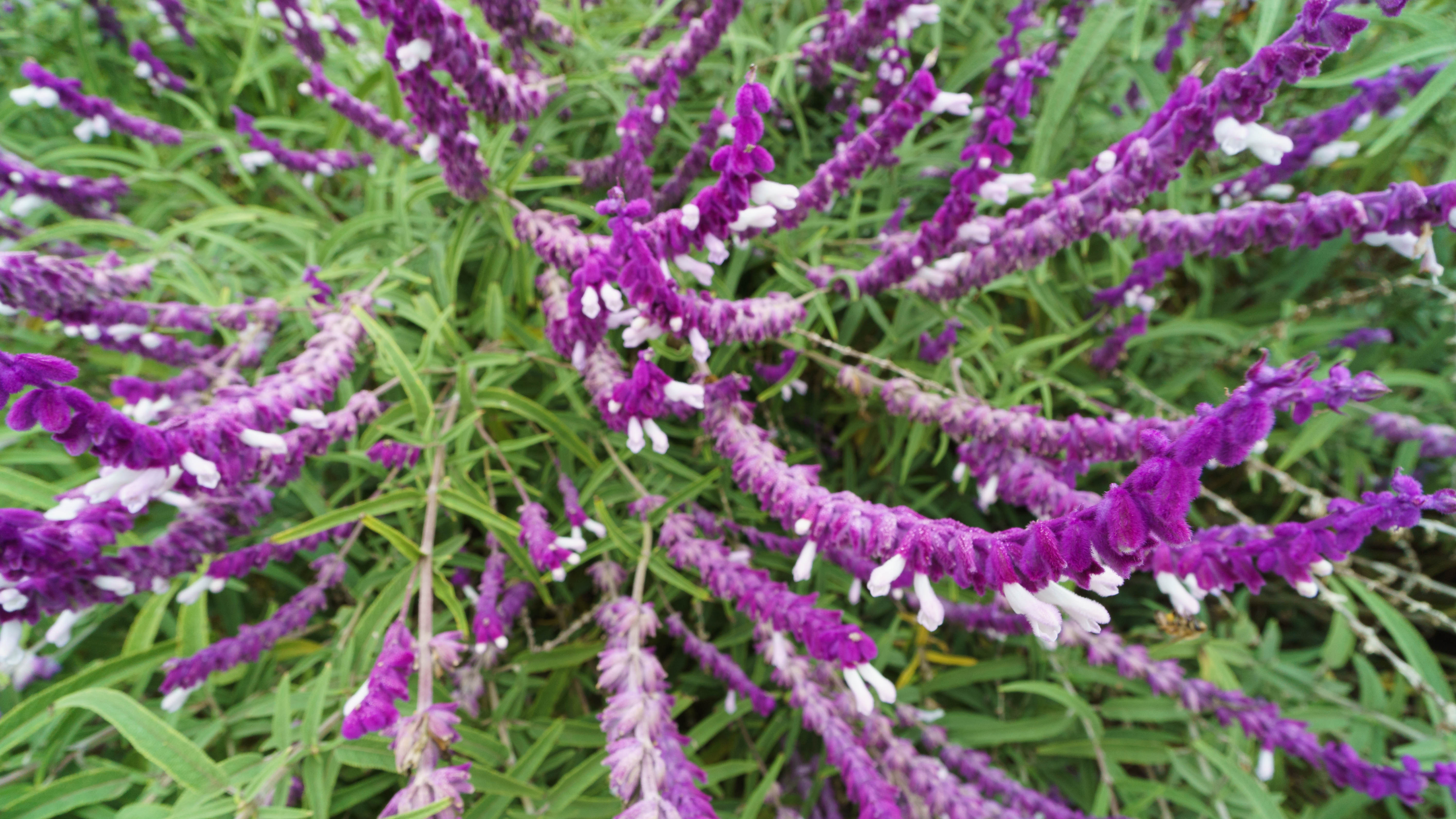
The Mexican bush sage is a shrubby perennial plant that grows well in cooler temperatures. However, it will only survive winters that don't get below 18 degrees Fahrenheit.
Ideally, plant during late winter or early spring to get blooms in late summer. Be sure to space the plants three feet apart, as once established, these plants can grow up to 3 feet tall. Sage can also tolerate full or partial sun, and prefer moist but well-drained soil. In addition, don’t prune sage during the fall or winter, as this will make way for tender new growth that will be vulnerable to the cold and become damaged. Instead, hold off pruning until early spring.
With its pinkish-purple blooms, the Mexican bush sage will attract hummingbirds and butterflies to your yard.
More from Tom's Guide

As the Homes Content Editor, Cynthia Lawrence covers all things homes, interior decorating, and garden-related. She has a wealth of editorial experience testing the latest, ‘must-have’ home appliances, writing buying guides and the handy ‘how to’ features.
Her work has been published in various titles including, T3, Top Ten Reviews, Ideal Home, Real Homes, Livingetc. and House Beautiful, amongst many.
With a rather unhealthy obsession for all things homes and interiors, she also has an interior design blog for style inspiration and savvy storage solutions (get rid of that clutter!). When she’s not testing cool products, she’ll be searching online for more decor ideas to spruce up her family home or looking for a great bargain!
